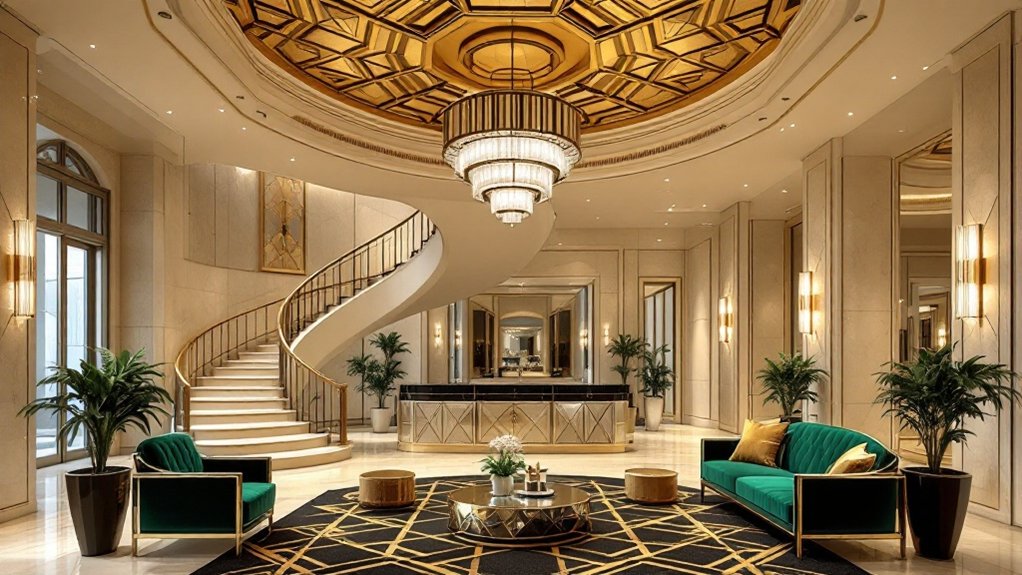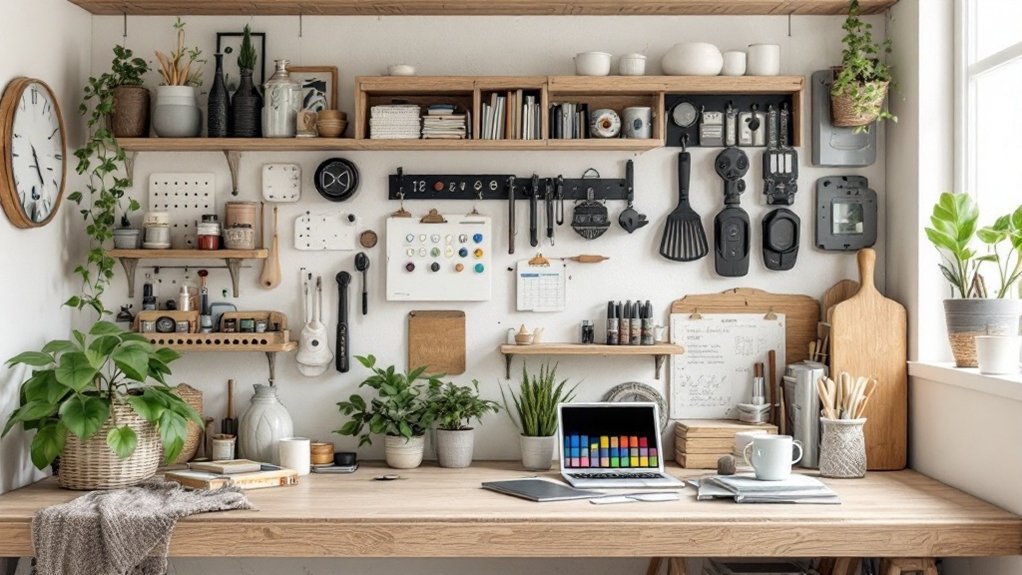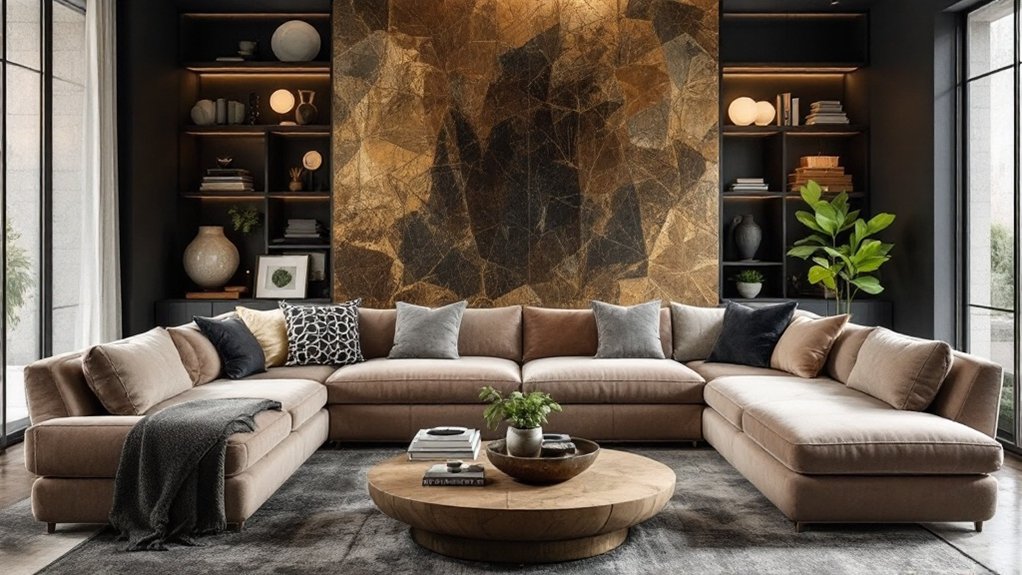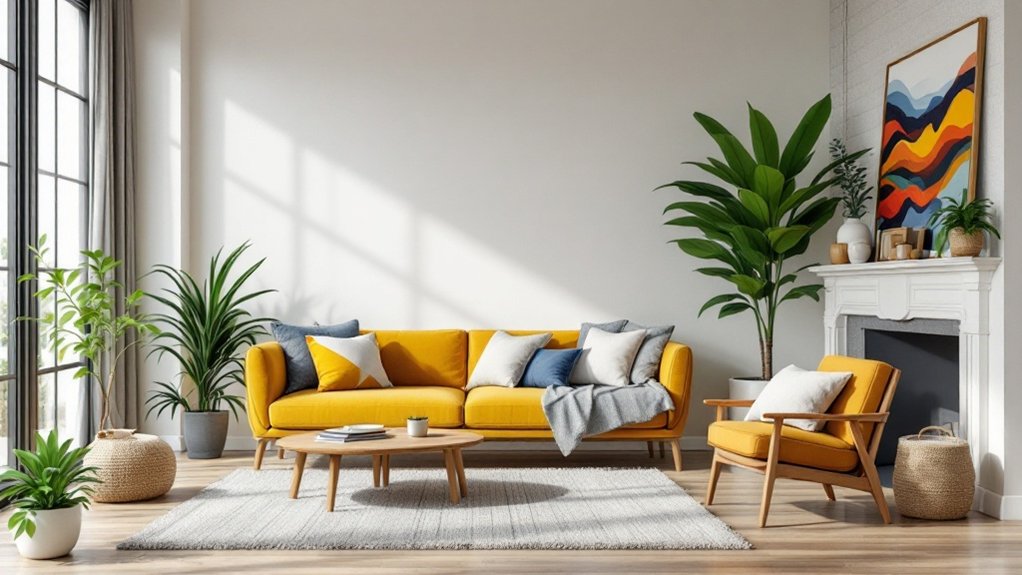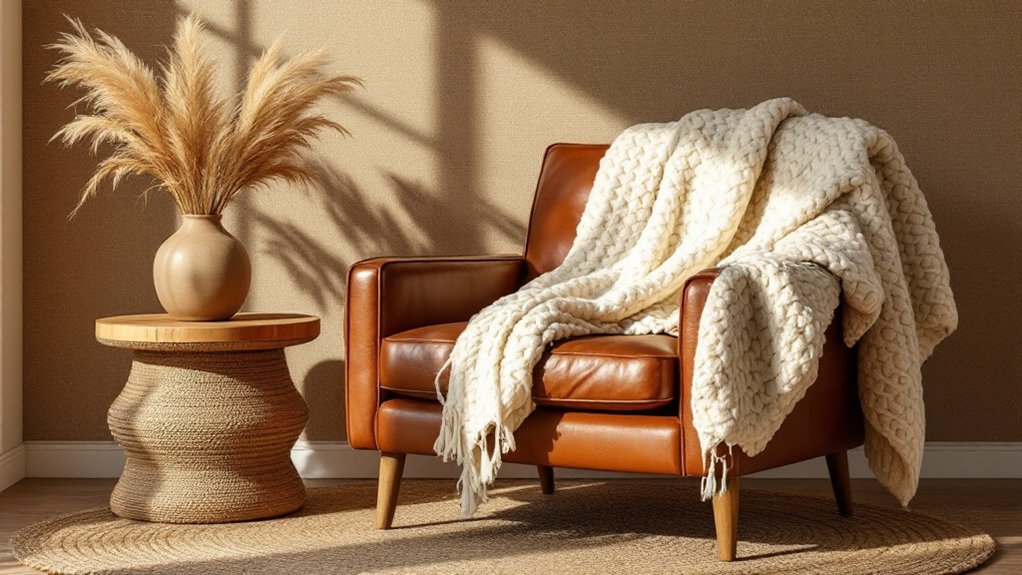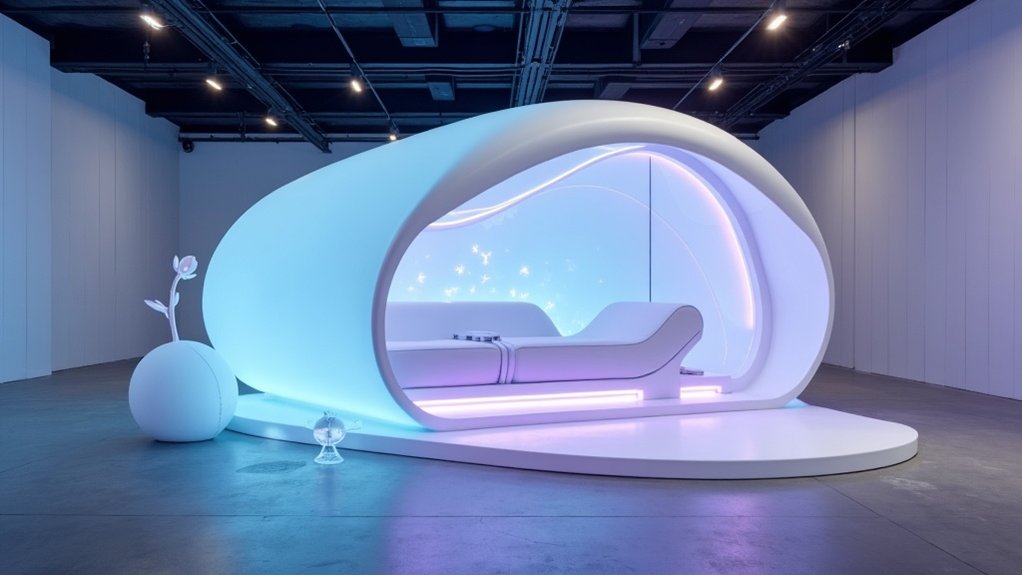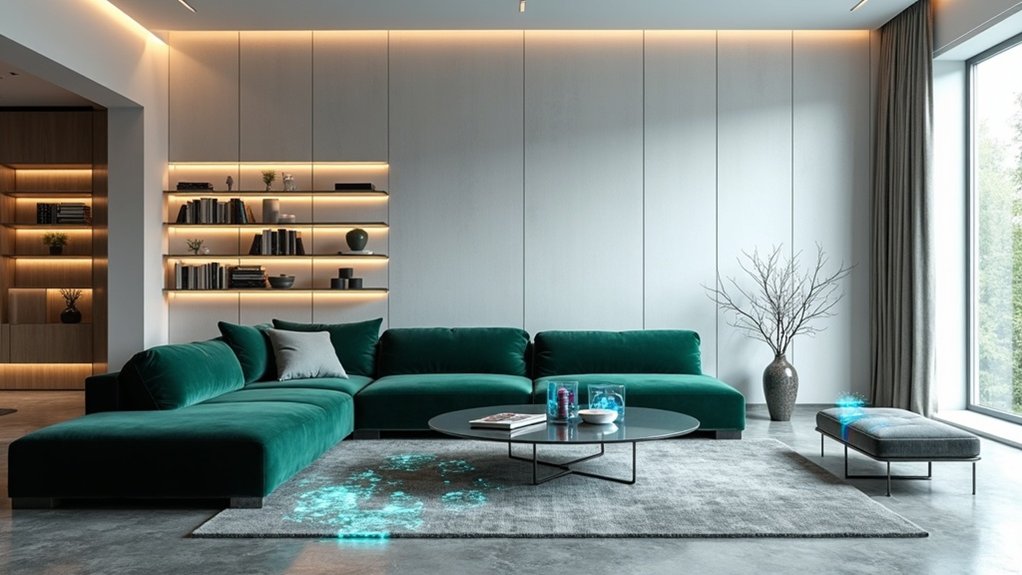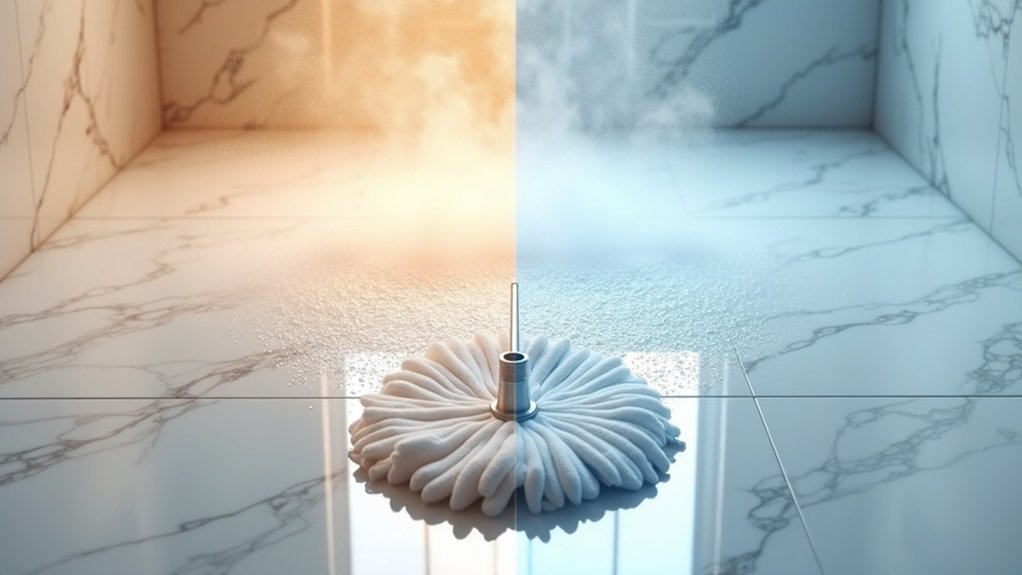The Art Deco revival merges the bold geometric patterns and luxurious aesthetics of the 1920s with contemporary design sensibilities. Modern architects and designers reinterpret classic elements like stepped facades and sunburst motifs while incorporating innovative materials such as steel and glass. This renaissance spans architecture, interior design, and fashion, featuring rich materials like polished marble and brass accents alongside deep jewel tones. The movement's evolution continues to push creative boundaries while honoring its glamorous heritage.
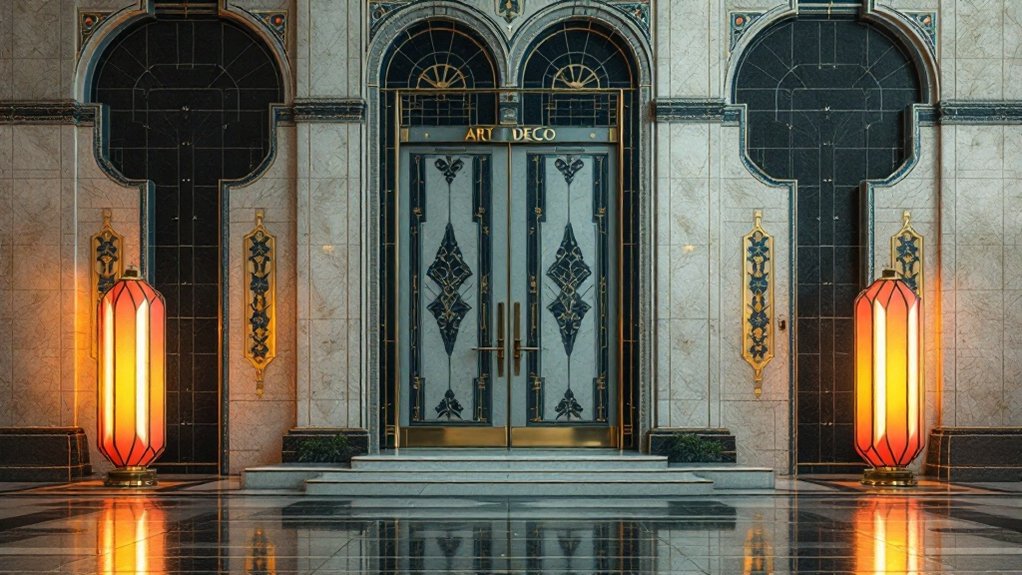
While the original Art Deco movement flourished in the early 20th century, its enduring appeal continues to shape contemporary design realms. First emerging in the 1920s and 1930s, Art Deco's signature fusion of bold geometric patterns, luxurious materials, and elegant symmetry has experienced a significant resurgence in recent years, influencing everything from urban architecture to fashion accessories.
The movement's revival has manifested most prominently in modern architecture, where designers skillfully blend classic Art Deco elements with contemporary materials and techniques. New buildings incorporate signature features like stepped facades, sunburst motifs, and streamlined forms while employing modern materials such as steel and glass. The style gained widespread recognition after the 1925 International Exhibition in Paris. Innovative materials like reinforced concrete transformed architectural possibilities during this period. This architectural renaissance pays homage to historical landmarks while creating fresh interpretations for the 21st century.
Modern architects masterfully weave Art Deco's elegant heritage into contemporary design, blending historical grandeur with innovative materials and sustainable solutions.
In interior design, the contemporary Art Deco revival adopts the style's characteristic luxury while adapting to modern sensibilities. Today's designers incorporate rich materials like polished marble, brass accents, and exotic woods, pairing them with bold geometric patterns and symmetrical compositions.
The movement's distinctive color palette of deep jewel tones accented with metallics continues to define sophisticated spaces, though often with a more restrained approach than its historical predecessor.
Fashion and accessories have likewise taken on the Art Deco renaissance, with designers reinterpreting classic motifs for modern wardrobes. Chevron patterns, fan shapes, and stylized floral designs appear in everything from jewelry to textile prints.
The movement's influence extends to high-end fashion houses, where collections frequently feature Art Deco-inspired elements, combining historical glamour with contemporary wearability.
This revival reflects more than mere nostalgia; it represents a contemporary appreciation for the movement's core principles of elegance, craftsmanship, and geometric precision. Modern interpretations maintain the style's fundamental characteristics while adapting them for current tastes and technologies.
As designers continue to investigate Art Deco's rich visual language, they create fresh expressions that honor the movement's heritage while pushing its boundaries into new territories.
Frequently Asked Questions
How Much Does It Cost to Renovate a Home in Art Deco Style?
Renovating a home in Art Deco style typically costs between $20,000 and $40,000 for a single room, with whole-house renovations potentially reaching six figures.
Expenses vary based on the scope of work, material choices, and existing conditions.
Basic cosmetic updates using period-appropriate fixtures and tiles can start at $200-500 per area, while custom features, skilled craftspeople, and luxury finishes like Carrara marble significantly increase costs.
Where Can I Find Authentic Art Deco Furniture and Decorative Pieces?
Authentic Art Deco furniture and decorative pieces can be found through several reputable channels.
Specialized online platforms like Styylish and Pamono offer curated collections of verified pieces, while established antique malls and brick-and-mortar stores provide tangible shopping experiences.
High-end auction houses, including Sotheby's and Christie's, regularly feature authenticated Art Deco items.
Estate sales and specialty Art Deco fairs also present opportunities to uncover genuine pieces, though expert verification is recommended.
Which Modern Materials Best Replicate Original Art Deco Design Elements?
Modern materials effectively replicating Art Deco aesthetics include polished stainless steel for classic chrome and nickel finishes, engineered quartz for luxurious marble surfaces, and sustainable wood veneers mimicking exotic species like macassar ebony.
High-performance acrylics and structural glass provide contemporary alternatives for decorative panels, while powder-coated metals and digital-printed surfaces allow precise reproduction of geometric patterns.
Advanced terrazzo and composite stones deliver durability while maintaining period-authentic appearances.
Can Art Deco Design Work in Small Living Spaces?
Art Deco design can certainly thrive in small living spaces through strategic implementation of key elements.
By selecting statement pieces with geometric patterns and incorporating reflective surfaces like mirrors with Deco frames, residents can capture the style's essence without overwhelming compact rooms.
Metallic accents, streamlined furniture, and thoughtfully chosen accessories—such as chrome lamps or stylized wall art—deliver the movement's signature glamour while maintaining functionality in limited square footage.
What's the Difference Between Art Deco and Art Nouveau Styles?
Art Nouveau and Art Deco represent distinct design movements with differing aesthetics.
Art Nouveau, prevalent in the late 1800s, welcomes organic forms and natural motifs, featuring flowing curves and nature-inspired elements like flowers and vines.
Conversely, Art Deco, emerging in the 1920s, celebrates modernism through geometric patterns, bold angles, and streamlined shapes.
While Art Nouveau favors muted colors and intricate ornamentation, Art Deco employs vibrant hues and sleek, machine-age aesthetics.
